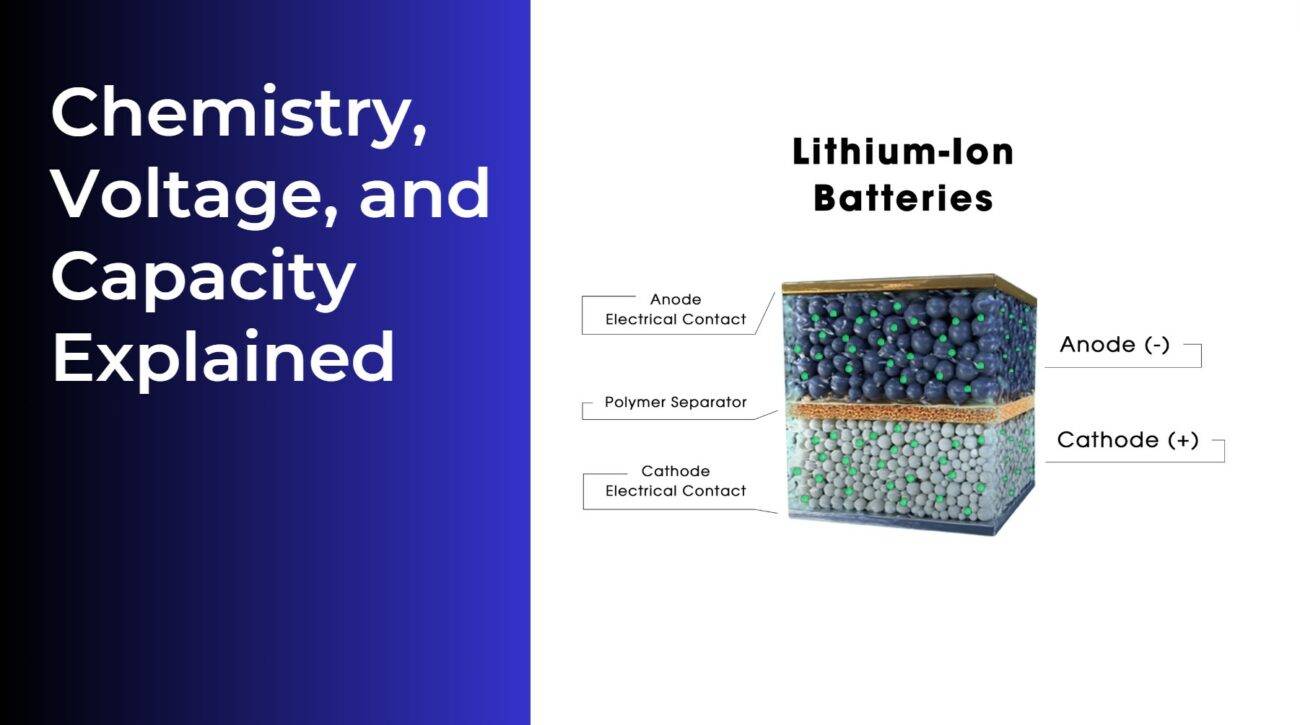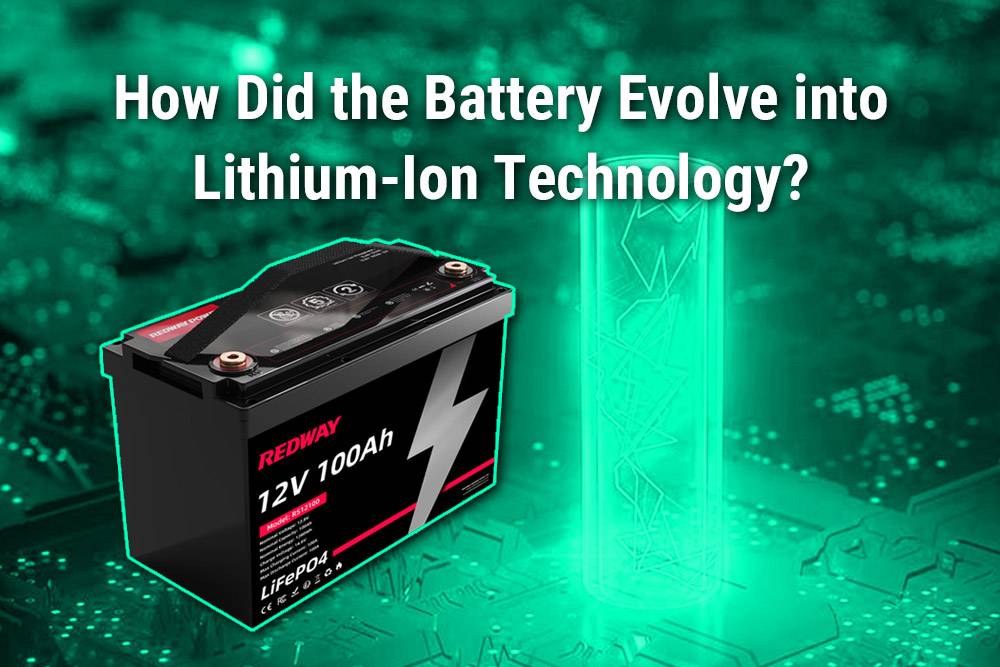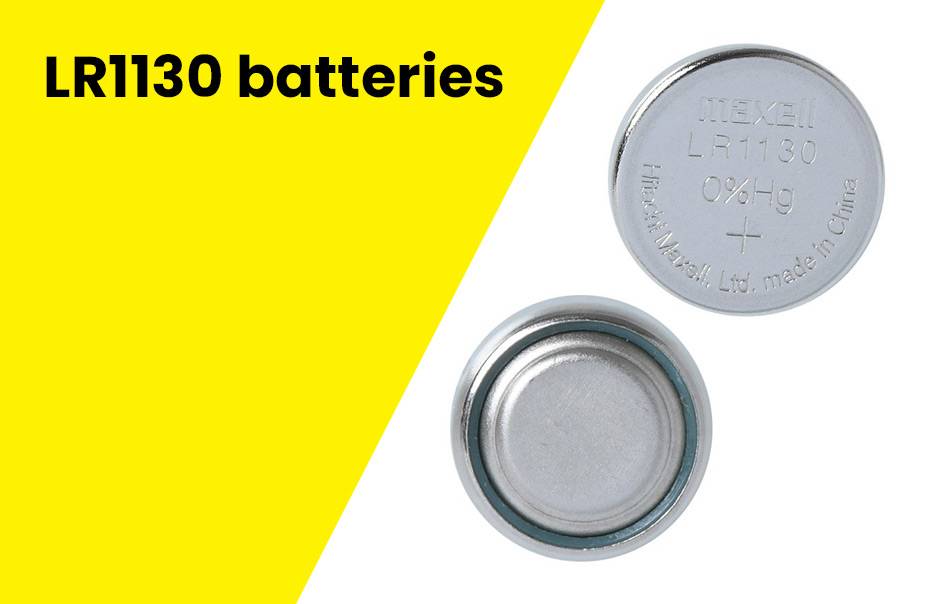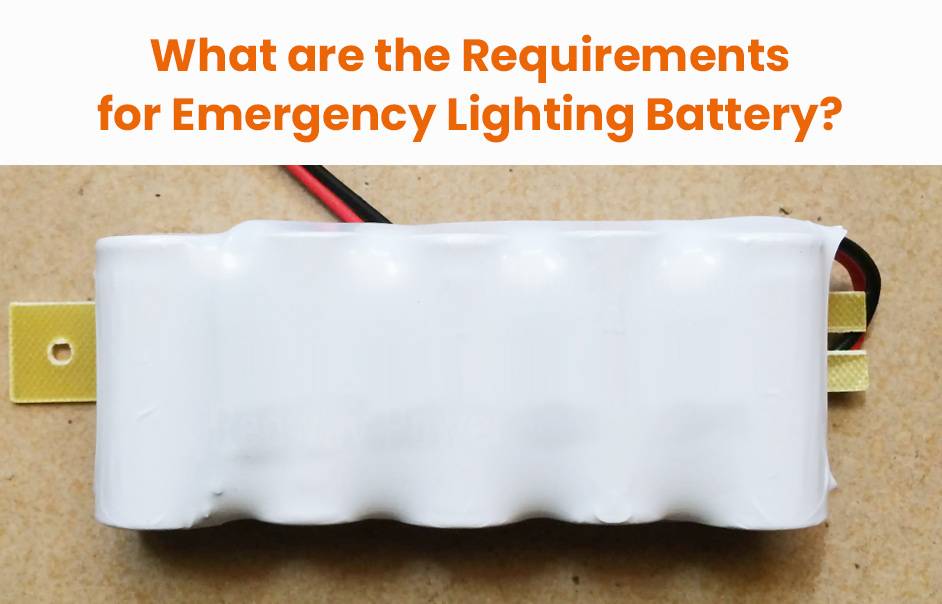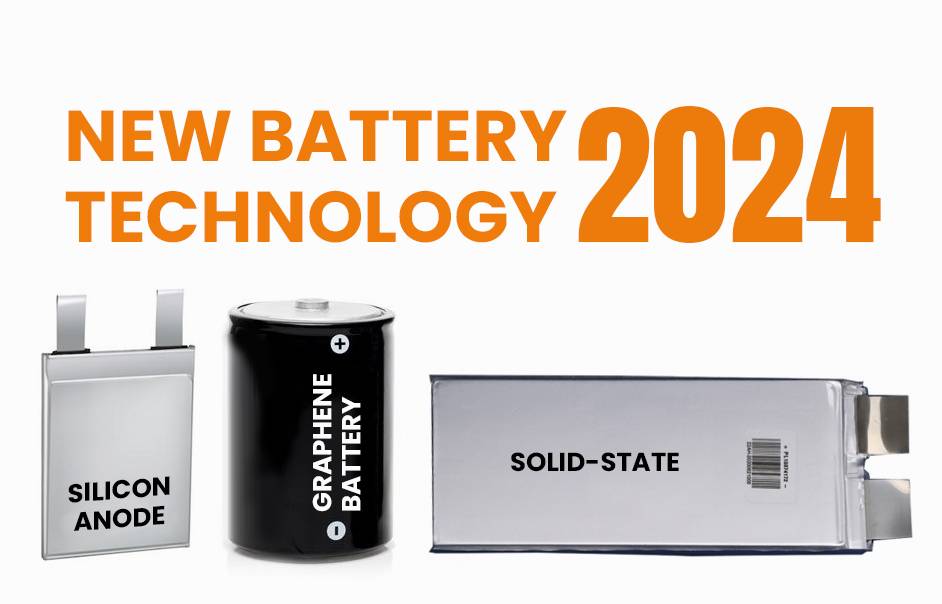- Rack-mounted Lithium Battery
- Golf Cart Lithium Battery
-
Golf Cart Lithium Battery
- 36V 50Ah (for Golf Carts)
- 36V 80Ah (for Golf Carts)
- 36V 100Ah (for Golf Carts)
- 48V 50Ah (for Golf Carts)
- 48V 100Ah (Discharge 100A for Golf Carts)
- 48V 100Ah (Discharge 150A for Golf Carts)
- 48V 100Ah (Discharge 200A for Golf Carts)
- 48V 120Ah (for Golf Carts)
- 48V 150Ah (for Golf Carts)
- 48V 160Ah (Discharge 100A for Golf Carts)
- 48V 160Ah (Discharge 160A for Golf Carts)
-
Golf Cart Lithium Battery
- Forklift Lithium Battery
- 12V Lithium Battery
- 24V Lithium Battery
- 36V Lithium Battery
- 48V Lithium Battery
-
48V LiFePO4 Battery
- 48V 50Ah
- 48V 50Ah (for Golf Carts)
- 48V 60Ah (8D)
- 48V 100Ah (8D)
- 48V 100Ah
- 48V 100Ah (Discharge 100A for Golf Carts)
- 48V 100Ah (Discharge 150A for Golf Carts)
- 48V 100Ah (Discharge 200A for Golf Carts)
- 48V 150Ah (for Golf Carts)
- 48V 160Ah (Discharge 100A for Golf Carts)
- 48V 160Ah (Discharge 160A for Golf Carts)
-
48V LiFePO4 Battery
- 60V Lithium Battery
-
60V LiFePO4 Battery
- 60V 20Ah
- 60V 30Ah
- 60V 50Ah
- 60V 50Ah (Small Size / Side Terminal)
- 60V 100Ah (for Electric Motocycle, Electric Scooter, LSV, AGV)
- 60V 100Ah (for Forklift, AGV, Electric Scooter, Sweeper)
- 60V 150Ah (E-Motocycle / E-Scooter / E-Tricycle / Tour LSV)
- 60V 200Ah (for Forklift, AGV, Electric Scooter, Sweeper)
-
60V LiFePO4 Battery
- 72V~96V Lithium Battery
- E-Bike Battery
- All-in-One Home-ESS
- Wall-mount Battery ESS
-
Home-ESS Lithium Battery PowerWall
- 24V 100Ah 2.4kWh PW24100-S PowerWall
- 48V 50Ah 2.4kWh PW4850-S PowerWall
- 48V 50Ah 2.56kWh PW5150-S PowerWall
- 48V 100Ah 5.12kWh PW51100-F PowerWall (IP65)
- 48V 100Ah 5.12kWh PW51100-S PowerWall
- 48V 100Ah 5.12kWh PW51100-H PowerWall
- 48V 200Ah 10kWh PW51200-H PowerWall
- 48V 300Ah 15kWh PW51300-H PowerWall
PowerWall 51.2V 100Ah LiFePO4 Lithium Battery
Highly popular in Asia and Eastern Europe.
CE Certification | Home-ESS -
Home-ESS Lithium Battery PowerWall
- Portable Power Stations
How Does A Battery Go Bad or Die?

Welcome to our blog exploring the intriguing world of batteries! From powering gadgets to starting automobiles, batteries are vital in our daily lives. Ever wondered why they go bad? In this article, we’ll delve into the science behind battery life and uncover the factors contributing to their decline. So grab a cup of coffee, and let’s unravel the secrets of why batteries lose their spark!
The lifespan of a battery
Welcome to the world of battery lifespan! Most batteries last around two to five years, influenced by factors like usage, environment, and battery type. Frequent charging shortens lifespan as each cycle causes wear and tear. Extreme temperatures impact performance, with high heat leading to faster electrolyte evaporation.
- Usage Patterns: Frequent charging and discharging cycles shorten battery lifespan due to wear and tear.
- Environmental Impact: Extreme temperatures, both hot and cold, affect battery performance and longevity.
- Battery Type: Different batteries, like lithium-ion and lead-acid, have varying lifespans due to their chemical compositions.
- Maintenance Practices: Regularly cleaning contacts and ensuring proper ventilation can prevent corrosion and overheating, extending battery life.
Understanding these factors helps users take precautions, ensuring longer battery usability while minimizing potential damage.
Factors that contribute to a battery going bad
Welcome to the world of battery woes! Ever wondered why batteries go bad? Let’s uncover the culprits:
- Age: Like all things, batteries age. Over time, wear and tear naturally occur, diminishing their ability to hold a charge effectively.
- Heat: High temperatures, especially during hot months or in direct sunlight, can damage internal battery components, leading to reduced functionality.
- Overcharging: Leaving your device plugged in after it’s fully charged stresses battery cells, hastening their degradation.
- Undercharging: Consistently undercharging harms battery health, causing capacity loss and diminished performance.
- Physical Damage: Dropping or mishandling devices can physically damage batteries, leading to malfunctions or failures.
- Environmental Conditions: Extreme temperature changes or exposure to moisture accelerate chemical reactions, contributing to premature aging.
- Corrosion: Corrosion buildup around terminals hampers electrical conductivity, resulting in poor performance or complete failure.
Understanding these factors helps us take better care of our batteries, ensuring a longer and healthier lifespan.
Signs of a dying battery
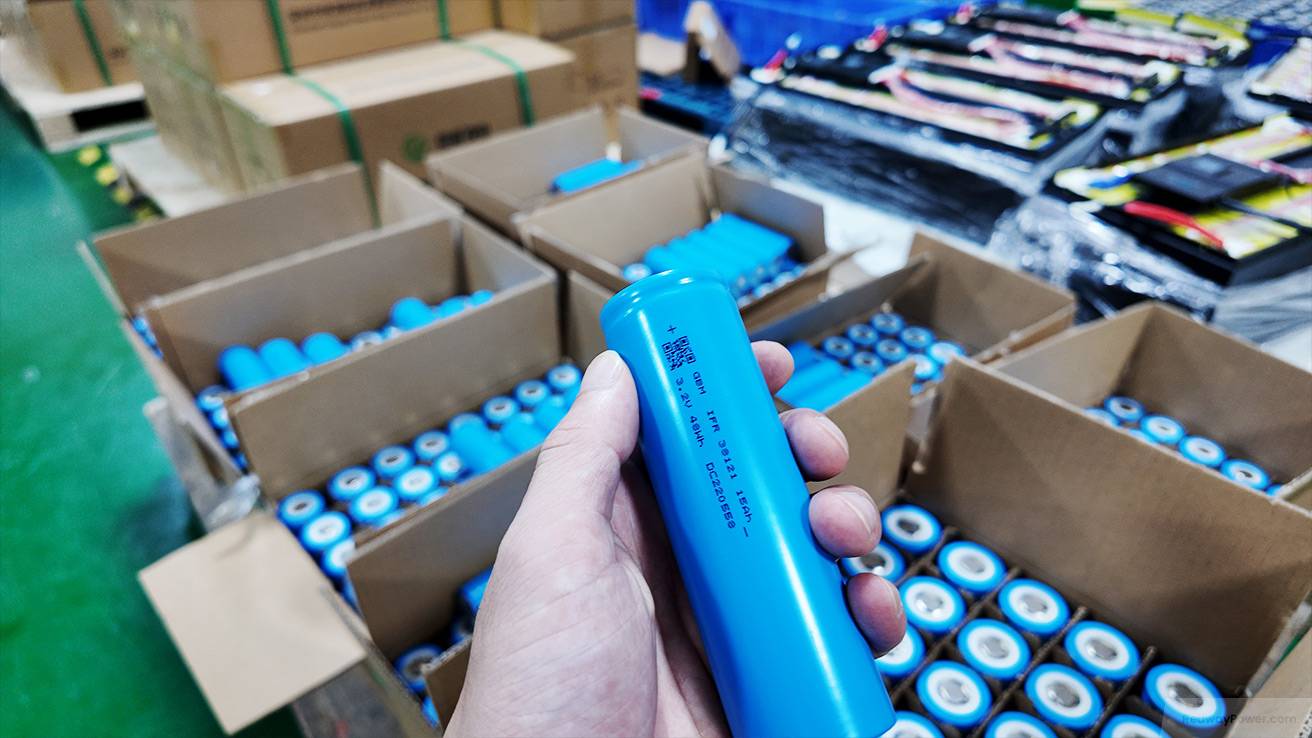
Ever faced the dread of a misbehaving battery? Let’s simplify the signs of a dying battery:
- Slow Engine Crank: If your engine takes longer than usual to start, it’s a sign your battery might be struggling to provide enough power.
- Dimming Lights: Are your lights not as bright? A weakening battery might be unable to fully illuminate them.
- Frequent Jump-Starts: Needing jump-starts more often indicates your battery is losing its charge-holding ability.
- Electrical Issues: Strange electrical problems like flickering lights or malfunctioning electronics could point to battery trouble.
- Swollen Battery Case: Check under the hood for a swollen or bulging battery case, indicating internal damage and potential failure.
- Foul Odor: A rotten egg smell suggests sulfuric acid leakage from the battery, signaling trouble.
If you notice these signs, consult a professional technician to diagnose and address the battery’s health.
How to prolong the life of your battery
Extend your battery’s life with these simple tips:
- Avoid Extreme Temperatures: Keep your devices in a moderate climate, avoiding direct sunlight or freezing temperatures that batteries dislike.
- Charge Properly: Don’t overcharge; unplug once it reaches 100%. Also, avoid letting it completely drain too often, as it can impact the battery’s lifespan.
- Use Original Chargers and Cables: Stick to the charger and cable that came with your device for optimal charging conditions, avoiding generic options.
- Monitor Background Apps: Close unnecessary apps and regularly check energy consumption to prevent background apps from draining battery power.
- Enable Power-Saving Mode: Activate your device’s power-saving mode when away from a charger to limit features and extend battery life.
- Regularly Update Software: Keep your device running efficiently by regularly updating software, as manufacturers release optimizations that can positively impact battery performance.
By following these steps, you can maximize your battery’s lifespan and performance.
Recommended storage conditions for lithium-ion batteries
Proper storage is essential for maximizing the lifespan of lithium-ion batteries. Here are some recommended storage conditions:
- Avoid Extreme Temperatures: Store batteries in a moderate climate, avoiding direct sunlight or freezing temperatures. The ideal storage temperature range is between 50°F and 77°F for optimal longevity.
- Charge Properly: Avoid overcharging by unplugging devices once they reach 100% charge. Additionally, prevent complete discharge by maintaining batteries between 40% and 60% charge during storage to prevent over-discharge.
- Use Original Chargers and Cables: Stick to the charger and cable provided with your device for optimal charging conditions, avoiding generic options that may not be compatible.
- Monitor Background Apps: Close unnecessary apps and check energy consumption regularly to prevent background apps from draining battery power, and monitor the status of stored cells for potential issues.
- Enable Power-Saving Mode: Activate power-saving mode when away from a charger to limit features and extend battery life.
- Regularly Update Software: Keep your device running efficiently by regularly updating software, as manufacturers release optimizations that can positively impact battery performance.
Following these storage guidelines will help preserve lithium-ion batteries and ensure they maintain their performance over time.
How can you determine the health of your car battery?
Here is the comprehensive guide from Passage_1 that delves into the science behind battery life and uncovers the factors contributing to their decline. So grab a cup of coffee, and let’s unravel the secrets of why batteries lose their spark!
To ensure the optimal performance of your car battery, it’s essential to be vigilant for signs of a dying battery. These indicators include a slow engine crank, dimming lights, frequent jump-starts, electrical issues, a swollen battery case, and a foul odor resembling rotten eggs. If you notice any of these warning signs, it’s crucial to consult a professional technician promptly to diagnose and address the battery’s health.
Additionally, for a quick and accurate assessment of your car battery’s condition, consider opting for a professional battery test conducted by auto technicians. By running a sophisticated test that takes less than a minute, you can obtain precise insights into your battery’s health. Depending on the battery tester utilized, you may even discover the critical temperature threshold at which your car battery could fail.
By combining the vigilance in observing symptoms detailed in the initial guide with the efficiency of a professional battery test, you can proactively monitor and maintain the health of your car battery for optimal performance on the road.
FAQs
How can checking the status of stored lithium-ion batteries help prevent potential damage?
Regularly monitoring the status of lithium-ion batteries that are being stored is crucial for preventing potential damage. By checking the condition of the battery cells periodically, individuals can proactively identify any emerging issues before they escalate and lead to damage. This practice allows for timely interventions and corrective actions to be taken, ensuring that the batteries remain in a safe and optimal state.
What is the impact of extreme temperatures and humidity on lithium-ion batteries during storage?
Extreme temperatures and humidity can have a detrimental impact on lithium-ion batteries during storage. The self-discharge rate of the batteries can increase significantly under such conditions, leading to potential damage to the cells. To maintain the batteries in optimal condition and ensure their longest possible shelf life, it is crucial to store them in cool and dry environments. Specifically, storing lithium-ion batteries between temperatures of 50?F and 77?F is recommended to prevent accelerated self-discharge and potential harm caused by extreme temperatures and humidity.
What precautions should be taken when storing lithium-ion batteries for an extended period?
When storing lithium-ion batteries for an extended period, it is important to ensure they are kept in cool, dry conditions to maintain their longevity. Store the batteries in a well-regulated environment with temperatures between 50°F and 77°F to prevent accelerated self-discharge rates and damage to the cells. Avoid storing dead batteries; maintain their charge level between 40% and 60% to prevent over-discharge during storage, ensuring the battery remains stable and reducing the risk of voltage dropping to harmful levels. Periodically check the status of the stored batteries to identify and address potential issues before they lead to damage, allowing for timely corrective action.
What is self-discharge in batteries, and how does it affect lithium-ion batteries?
Self-discharge is a common phenomenon in batteries where they slowly lose energy even when not in use. All batteries, including lithium-ion batteries, experience some level of self-discharge. However, lithium-ion batteries have a lower self-discharge rate compared to other types of batteries. When lithium-ion batteries are left unused for an extended period, the self-discharge can cause the cell voltage to drop below 2.5 volts. If the battery remains in this low voltage state for a prolonged time, it can lead to damage and reduced battery life.
What factors can lead to potential deterioration of lithium-ion batteries when stored for an extended duration?
When lithium-ion batteries are left in storage for a prolonged period without being charged, several factors can contribute to their potential deterioration. One critical factor is self-discharge, which can cause the cell voltage to drop below a critical level, such as 2.5 volts. If these batteries remain in a low-voltage state for an extended time, it can lead to irreversible damage to the cells. Another factor that can impact the deterioration of lithium-ion batteries during storage is exposure to extreme temperatures, as both high heat and freezing temperatures can negatively affect the battery’s performance and overall lifespan. Further, storing lithium-ion batteries in environments with high humidity or in direct sunlight can also accelerate their degradation over time.
How long will a lithium battery last on the shelf?
Lithium-ion batteries can maintain their quality and functionality for a considerable time if stored properly. When stored on a shelf without being used, these batteries can essentially remain in pristine condition for years. To ensure the longevity of lithium batteries while they are being stored, some key practices should be followed. It is recommended to store them within a specific temperature range of 50°F to 77°F. Furthermore, it is crucial not to store completely discharged (dead) batteries. Ideally, these batteries should be kept at a charge level between 40% and 60% to prevent over-discharge during the storage period. Regularly checking the condition of the stored cells is also important. By monitoring them periodically, any potential issues can be detected early, allowing for corrective measures to be taken promptly to prevent any damage.
How long can a lithium battery sit without being charged?
Lithium-ion batteries are known for their stability while sitting unused. When stored properly, these batteries experience only minimal degradation in lifespan over time. It typically takes numerous charge and discharge cycles, or extreme voltage levels below 2.5 volts or above 4.2 volts, to significantly impact their performance. Once the voltage drops below 2.5V, the lithium-ion battery’s electrochemical stability may be compromised, potentially causing damage. However, it’s uncommon for internal discharge alone to ruin a battery that has been stored without use. In most cases, a lithium-ion battery that has been idle on a shelf without cycling should remain in good working condition, almost as if it were new.
How does the charge and discharge cycle affect the lifespan of lithium-ion batteries?
Understanding the impact of usage patterns on lithium-ion battery lifespan is crucial for maximizing their longevity. Frequent charging and discharging cycles are known to shorten battery lifespan due to wear and tear. This occurs because with each cycle, the battery undergoes a process where it is damaged slightly. By comprehending these factors, users can take necessary precautions to ensure longer battery usability while minimizing potential damage. It is important to acknowledge that the wear and tear from these cycles play a significant role in determining the overall lifespan of lithium-ion batteries.
What is the average life expectancy of car batteries in hot climates according to various studies?
Various studies have reported differing average life expectancies for car batteries in hot climates. A survey conducted by Johnson Controls showed that the average lifespan of a car battery in a hot climate was 37 months. In a separate North American study conducted by the Battery Council International (BCI), the average life expectancy was reported to be 48 months. Another study conducted by Interstate Batteries revealed that the average life expectancy of car batteries in extreme heat conditions was 30 months. These studies indicate a range of average life expectancies for car batteries in hot climates, with figures ranging from 30 to 48 months, depending on the specific study.
How do positive grid corrosion and shedding of active material affect deep cycle batteries?
Positive grid corrosion and shedding of active material are two factors that can significantly impact the performance of deep cycle batteries. Positive grid corrosion can result in an open connection within the battery, leading to a decrease in efficiency and overall functioning. This corrosion can interfere with the flow of electricity within the battery, causing disruptions in the charging and discharging processes. On the other hand, shedding of active material can also affect the battery’s performance by reducing its capacity and longevity. When active material sheds off the plates of the battery, it diminishes the ability of the battery to store and deliver energy efficiently. These two issues, if not addressed, can lead to the deterioration and eventual failure of deep cycle batteries.
What are the effects of deep discharges, heat, vibration, fast charging, and overcharging on batteries?
Have you ever wondered why batteries go bad? Let’s explore the factors contributing to battery degradation:
- Age: Like all things, batteries age naturally over time, resulting in reduced charge-holding capacity.
- Heat: High temperatures, especially in hot weather or direct sunlight, can damage internal battery components, leading to decreased functionality.
- Overcharging and Undercharging: Both overcharging and undercharging stress battery cells, hastening their degradation and causing capacity loss and diminished performance.
Understanding these factors is crucial for prolonging battery lifespan and ensuring optimal performance. By addressing these effects, we can take better care of our batteries and extend their longevity for continued use.
How long will a lithium battery last on the shelf?
When it comes to the shelf life of lithium-ion batteries, they can typically last for a long time without significant degradation if they are properly stored. It is recommended to store lithium-ion batteries in a cool and stable temperature environment, ideally between 50°F and 77°F, to maintain their longevity. Additionally, ensuring that the batteries are stored at a moderate charge level, around 40-60%, can help prevent over-discharge during storage, which can impact the battery’s overall health.
Regularly monitoring the condition of lithium batteries that are in storage is also advisable. This can help in identifying any potential issues early on and allows for necessary corrective actions to be taken before any significant damage occurs. By following these storage guidelines and carrying out periodic checks on stored lithium-ion batteries, you can maximize their shelf life and ensure their optimal performance when they are eventually put to use.
How long can a lithium battery sit without being charged?
Lithium-ion batteries have a relatively long shelf life when not in use. As long as they are stored properly, they will degrade only minimally over time. The key factors that can lead to significant deterioration in lithium batteries are multiple charge and discharge cycles, as well as allowing the battery’s voltage to drop below 2.5 volts or exceed 4.2 volts. In essence, if a lithium battery is stored correctly and not subjected to frequent charging and discharging, it can sit for an extended period without being charged before experiencing any significant degradation.














